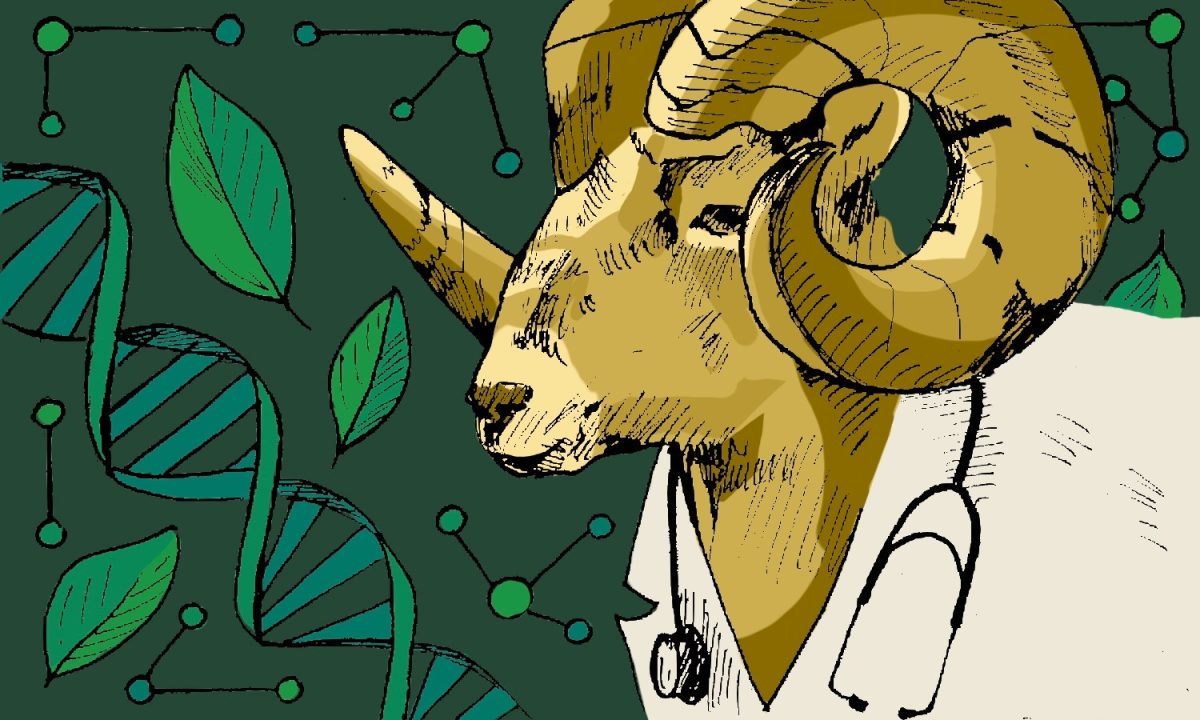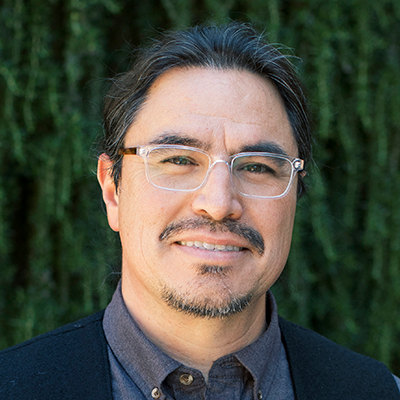Mark Easter, a long-time researcher at Colorado State University, has studied agricultural greenhouse gas emissions for the majority of his career. For over two decades, Easter has worked at CSU on strategies to track emissions from agriculture and ways to reduce emissions.
Easter was a senior research associate at the Natural Resource Ecology Lab before he retired in 2021. Now he continues his work with the lab as an affiliate senior research associate.
In 1999, Keith Paustian, a senior research scientist and professor of crop sciences at CSU, was looking for a research associate for a new project. Easter joined CSU to research and assist this cause.
“By feeding that soil, we can increase the health of the soil, which improves how the soil cycles nutrients to crops so that crops can take up nutrients more efficiently.” -Mark Easter, CSU affiliate senior research associate
This project was the result of a contract written by the United States Environmental Protection Agency; Easter and Paustian were trying to implement the first U.S. greenhouse gas inventory for agriculture.
The EPA contract stemmed from the 1992 Earth Summit in Rio de Janeiro. At the Summit, countries attempted to identify their largest sources of greenhouse gas emissions and collaborated on ways to reduce them.
At the time, scientists were aware of significant emissions from soil and microbes.
“There was no consistent method or measurement to figure out (agricultural emissions) at a countrywide scale,” Easter said.
The scientific community began to search for a way to add up agricultural emissions, including carbon dioxide, nitrous oxide and other trace gases produced during the process of growing food. Easter said the first official methods of comprehensively counting agriculture emissions were released in 1996 and 1997.
Using those methods, Easter and his team began “adding up the greenhouse gas emissions, and we started improving on (the methods) as time went on,” Easter said.
Easter described counting emissions as “cradle to grave,” meaning his work follows food from when seeds gets planted to when food is decomposed as waste. Between its birth and its death, there are far more factors than the plant itself to consider.
“You have to manufacture farm chemicals, (and) you have to manufacture fuel and equipment,” Easter said. “You have to grow seeds and ship all of these things to a grower to use in their field.”
After the crop materials are prepared, the growing process begins.
“Then (growers) have to go out, prepare the soil, plant the crops, and then they have to deal with weeds and, potentially, pests,” Easter said. “They have to harvest the crops at the end of the growing season. The crops that are harvested get shipped to a distribution system.”
In this distribution system, materials such as wheat or soy are sent to a processing plant, where they are milled or turned into other products like animal feed. Those products are then shipped to buyers, such as restaurants or grocery stores.
“And when it’s all said and done, there will be leftovers to be dealt with, and those leftovers typically go into landfills,” Easter said.
The entire process emits greenhouse gases. The agriculture industry produces 10.6% of U.S. greenhouse gas emissions. Even though gasoline contributes to this statistic, most of those emissions are coming from microbes, not farm equipment.
“The majority of those emissions are not coming from burning fossil fuels; they are coming from microbes in the soil and microbes in the guts of animals,” Easter said. Other microbes contributing to agricultural emissions are in “lakes filled with manure that are found at most large dairies in the U.S.” and “the depths of landfills.” Easter described these microbe populations as “methane factories.”
Methane is produced as a form of anaerobic respiration. When there is a lack of oxygen around microbes, they can no longer respirate normally. To stay alive, they begin to produce energy anaerobically, which produces methane as a byproduct instead of carbon dioxide.
Although other aspects of agriculture are prone to producing methane, most microbial emissions from soil are from carbon dioxide.
“There’s almost two times as much carbon and organic matter in the soil of the world than there is in the atmosphere right now,” Easter said. “It’s an extraordinarily large pool of carbon.”
This carbon buildup is caused by mismanagement of crop soil. Primary causes include tilling soil, preventing crops from growing or “not feeding the soil community very effectively,” which means that soil is deprived of nutrients that it needs for microbes to thrive.
But Easter’s work has emphasized the idea that you can reduce greenhouse gas emissions from soil by managing soil more effectively. Easter said reducing tillage and growing cover crops are among the solutions that help the soil.
“By feeding that soil, we can increase the health of the soil, which improves how the soil cycles nutrients to crops so that crops can take up nutrients more efficiently,” Easter said. As a result, greenhouse gas emissions from soil can be reduced and prevented.
Additionally, Easter discussed the importance of composting and diverting food waste from landfills. While writing his debut book, “The Blue Plate: A Food Lover’s Guide to Climate Chaos,” Easter said he kept coming across composting and its effect on climate health.
“What people are demonstrating is that you can prevent your food waste as well as your yard waste from going to landfills,” Easter said. “When we create compost, if you can divert that over for farmers to use, whether that’s for humans to use or for livestock, there (are) all kinds of benefits.”
Easter said when compost is used and organic matter is increased in soil, croplands become more resilient in the face of harsh storms or droughts. He said that water is also better retained in the soil when it has more organic matter, which keeps soil microbes and crops alike happy.
“It also helps level out the playing field for farmers because the soils have more nutrients available to the plants that they can utilize during times of stress, and also, farmers don’t have to apply as much fertilizer,” Easter said. “Manufacturing fertilizer is a very energy-intensive practice that has greenhouse emissions all its own.”
Composting and feeding the soil community can result in many benefits, including stronger farms and more nutritious food.
Easter also said that by nurturing microbes to prevent carbon dioxide emissions, “it’s the same as not burning gasoline. You’re avoiding putting greenhouse gasses into the atmosphere.”
Reach Leah Stephenson at science@collegian.com or on Twitter @CSUCollegian.









